The beauty of the Pashmina hijab lies in its versatility. This allows you to experiment with various folds, drapes, and arrangements that reflect your flair while preserving modesty and elegance. Wearing a Pashmina hijab during colder days will keep its wearer super comfy and warm. Additionally, it will add more charm and grace to the outfit.
What is Pashmina?
Nestled within the heart of the Himalayas lies the mesmerizing region of Ladakh. Ladakh is a land that enchants with its ethereal beauty and mystic landscapes. And amidst this breathtaking terrain, a tale unfolds—a story of resilience, craftsmanship, and exquisite luxury known as Pashmina. The delicate threads of Cashmere, that come from a local, yet exotic Cashmere goat, are the first step towards crafting exquisite Pashmina shawls and wraps. Additionally, the arduous manual procurement process and the intricate crafting that adds to the luxury of this fabric are just a bonus.
Ladakh: where Pashmina begins
Ladakh, often referred to as "The Land of High Passes," is a realm where beauty transcends the imagination. Its rugged mountains, blissful lakes, and sprawling valleys create a backdrop that seems lifted from a painter's canvas. The grandeur of Ladakh lies not only in its landscapes but also in its culture; which is a blend of Tibetan Buddhism and ancient traditions. Monasteries perched on hilltops, fluttering prayer flags, and the serene rhythm of life form a tapestry of its kind.
The beauty of Ladakh closely links to its challenging climate and geographical isolation. The extreme cold, especially during the winter months, contributes to the existence of Cashmere. Cashmere is the fine hair that grows on the body of the prized Changthangi goat.
Himalayan Changthangi Goats (Capra Hircus) produce Cashmere
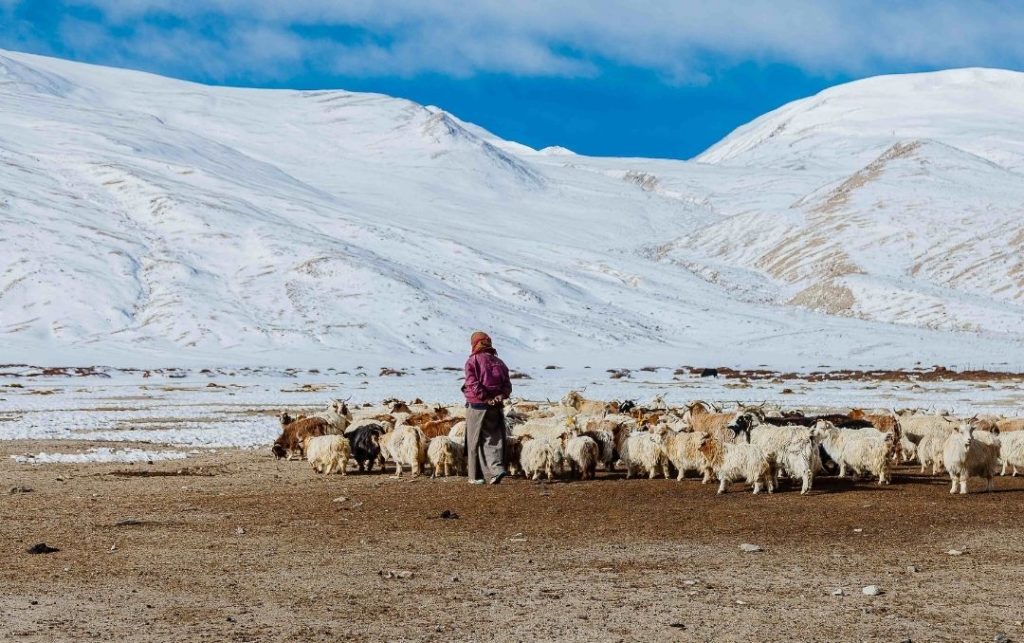
In this land of contrasts, where harsh winters reign supreme, Capra Hircus emerges as a symbol of resilience and luxury. With its long, soft inner coat, known as the "pashm," it is this goat which is the source of the world-renowned Cashmere. And, often referred to as "soft gold," Cashmere is famous for its unmatched warmth and exquisite softness.
The Pashmina goat's unique ability to thrive in Ladakh's harsh climate, with temperatures plunging to sub-zero levels, is a testament to nature's ingenious design. Their thick, coarse outer coat shields them from the biting cold. But their soft, warm pashm underneath acts as a natural insulation layer.
It is the winter time when the goat grows thick layers of Cashmere. As soon as spring arrives, the goat undergoes a natural process of certain hormonal changes. This leads to it losing a large amount of hair from its body. This fine hair is treasure-worthy. Hence its herders carefully collect it. Then, they clean it and free it from dust, dirt and other contaminations. Later, they send the pure fibres for processing to Kashmir. Kashmiri artisans wash, clean, spin, dye, weave and embroider it to create exquisite Pashmina shawls.
Manual Procurement: A Challenge for the Labour
The journey of transforming Cashmere into the luxurious Pashmina that graces runways and wardrobes worldwide is a painstaking process. It underscores the labour-intensive nature of craftsmanship in Ladakh. The manual procurement of Pashmina involves an intricate balance of tradition, skill, and dedication.
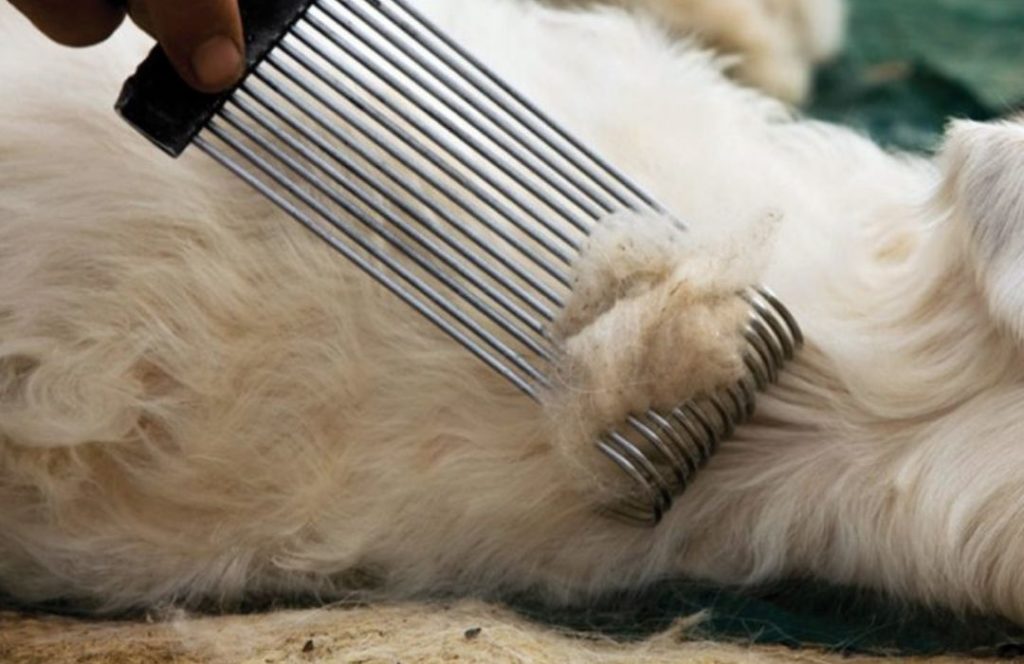
Every spring, as the harsh winter begins to recede, the Pashmina goats naturally shed their winter coats. It's during this time that herders collect the delicate pashmina carefully. To start with, local herders employ a gentle and time-honoured process known as "pashmina combing,". In this process, they meticulously separate wool fibres by hand. This process safeguards the fibre's integrity and ensures the goats' well-being.
The labour-intensive aspect of Pashmina production does not end there. Once collected, artisans meticulously clean, sort and spin the raw Cashmere fibres into yarn. Skilled artisans take part in this delicate process. They, hence, demonstrate their connection to both their craft and the land they call home.
The Art of Pashmina - Transforming Cashmere to Luxury Pashmina
As the Pashmina yarn takes form, it enters the realm of artisans whose skilled hands bring dreams to life. The processes often occur in small, traditional workshops, and combine age-old techniques with contemporary designs. Whether it's creating intricate patterns, delicate embroidery, or exploring a myriad of colours, each piece of Pashmina is a labour of love and creativity.
The process of making pashmina involves several intricate steps that showcase the craftsmanship of skilled artisans. Here is an overview of the process:
Collection of Cashmere Wool from Ladakh
The process begins in the spring when the Changthangi goats naturally shed their winter coats. Herders carefully collect the fine underbelly hair, known as "pashm," which is incredibly soft and warm. Herders collect it through a gentle combing process to avoid harming the goats. Note that there is no animal cruelty associated with Pashmina. Pashmina is, hence, not banned.
Cleaning and Sorting
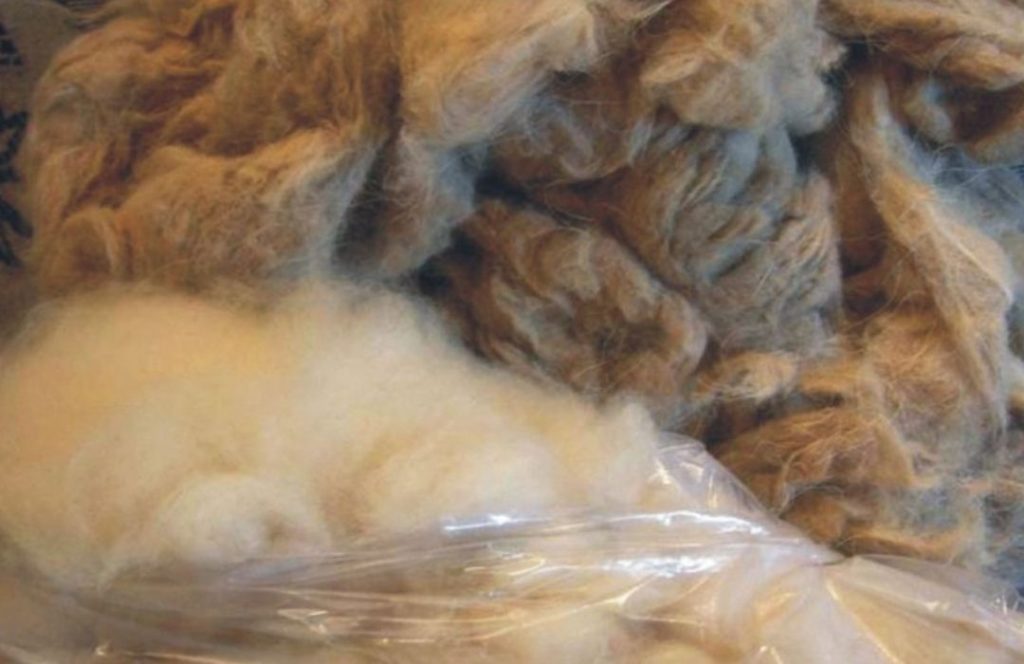
Next, artisans clean the collected pashm, or Cashmere, to remove dirt, dust, and any impurities. Then they sort it based on colour, quality, and length of fibres. This step is crucial as it sets the foundation for creating high-quality pashmina yarn. It is mainly the women artisans of Kashmir valley who carry out the process. These expert artists have been doing the same for decades now. These specialist, skilful ladies carefully pick the threads one by one, cleaning all debris out of the lumps of wool.
Then, artisans dip clean lumps in a rice powder and water paste, to strengthen the threads. This also gives them a shiny texture that is strong and looks graceful.
Hand-Spinning fine Cashmere fibre
The sorted Cashmere fibre is hand-spun into yarn by skilled women artisans. Using a traditional hand-spinning wheel, locally known as Yinder, the women artisans create fine and uniform strands of yarn, ensuring its strength and durability. Hand-spinning helps retain the natural softness and texture of the fibres.
Operating the hand-spinning wheel 'Yinder' is a challenge in itself. It consists of two rotating parts: a larger wheel and a smaller spindle. The larger wheel is linked to the spindle by a drive band. Artisans operate the wheel by turning a handle, which sets the spindle into motion. With one hand operating the yinder's handle, the spinner uses the other hand to draft or pull out a small number of pashmina fibres. As the wheel turns, the spindle starts to rotate as well, twisting the drafted fibres and transforming them into yarn. A perfect harmony between the hands is crucial, or else the thread can tear apart.
Dyeing of the yarn
The yarn can be left in its natural colour or dyed to achieve a wide range of shades. Natural dyes, often derived from plants and minerals, are preferred for their eco-friendliness and the rich, organic hues they produce. As far as traditional Pashmina shawls are concerned, many prefer natural shades. These are grey, brown, ash, white, and black, depending upon the colour of the animal it is derived from. Contemporary shawls, however, demand all the colours that exist. Moreover, new patterns like geometric, abstract or LGBT movement support fabrics that need many colours simultaneously.
Weaving fine threads to Pashmina fabric
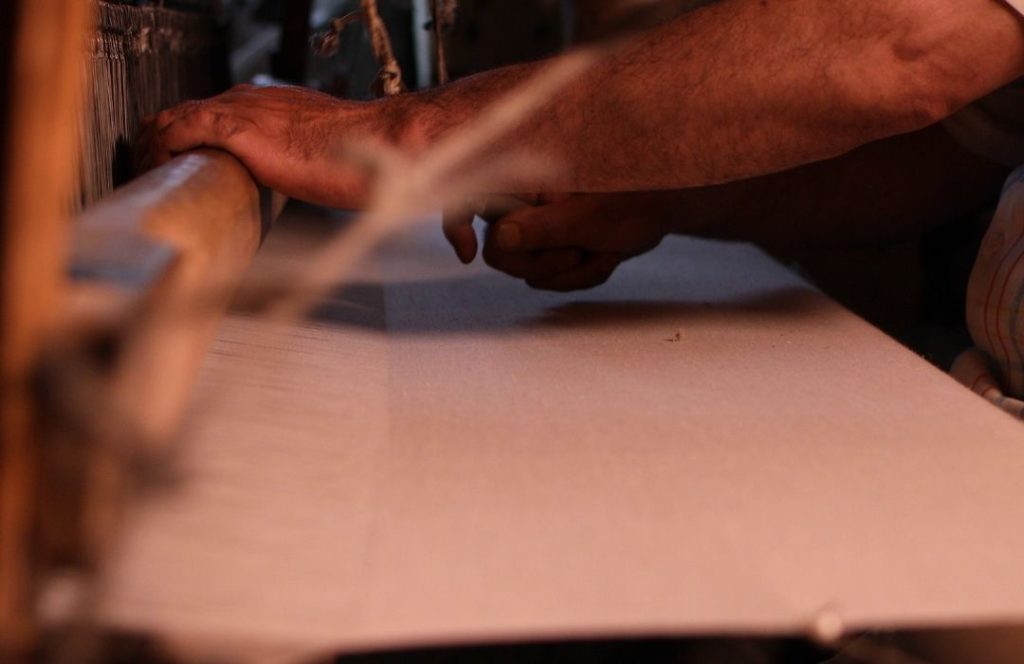
Weaving pashmina over traditional handlooms is a labour-intensive and artistic process that involves transforming the delicate pashmina yarn into luxurious fabric. This traditional method of weaving contributes to the exquisite texture and quality that makes pashmina products highly sought after.
Before weaving begins, artisans carefully sort, dye and sometimes blend the Cashmere fibre with other fibres like silk to create unique textures and designs. The dyed yarn is wound onto bobbins for easy handling during weaving. A traditional handloom gets ready for the weaving process. The loom consists of a frame, heddles, shafts, and a beater. The warp threads (lengthwise threads) are stretched vertically on the loom, creating the foundation for weaving. The process begins with "warping," where the pashmina yarn is threaded through the heddles and the shafts. The warp threads are tied to the loom's harnesses and attached to the treadles. With the loom set up, the weaver sits in front of the loom and operates the treadles and shuttle. The entire process takes 3 to 4 days till a Pashmina shawl is ready.
Pashmina Embroidery and Embellishments
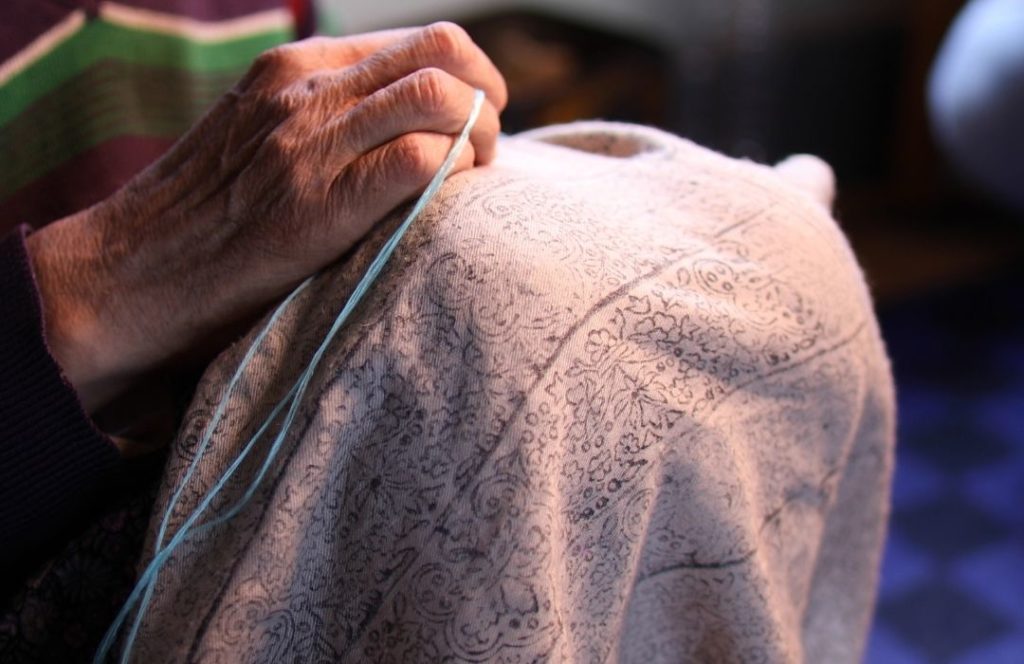
Many pashmina products feature exquisite embroidery, which artisans do manually. These specialist embroidery artisans create intricate motifs, patterns, and designs using delicate needles and threads. This step enhances the beauty and value of the final product.
Some of the prime embroideries done on Pashmina shawls are Sozni Kari, Papier Mache embroidery and Tilla Dozi. The embroidery over a Pashmina shawl must be manual, lest the delicate fabric underneath face damage. Cashmere is fine and gentle and hence demands gentle care.
Finishing and Quality Check
Once the weaving and embellishment processes are complete, the fabric is carefully inspected for quality. Any imperfections are corrected, ensuring that the final product meets the highest standards of craftsmanship.
Even though the artisans of Pashmina are specialists in their work and do it perfectly, they still send it for quality checks. Purity of Cashmere is used, imperfections in spinning or weaving, and embroidery patterns, hence everything is double-checked before the shawl is sent for packing and selling. Later they are carefully folded, packaged, and prepared for distribution.
Market and Distribution of Pashmina
Pashmina products are sold in local markets, speciality stores as well as authentic online stores. Additionally, they are distributed to various international markets, showcasing the artistry and luxury of these products to a global audience.
Processing Cashmere Fabric: Luxury Shawls, Scarves, And Hijabs
Cashmere fabric, known for its luxurious softness and warmth, is used to create a variety of exquisite products that enhance style, comfort, and elegance. Here are some of the most popular products made from pashmina fabric:
Pashmina Shawls
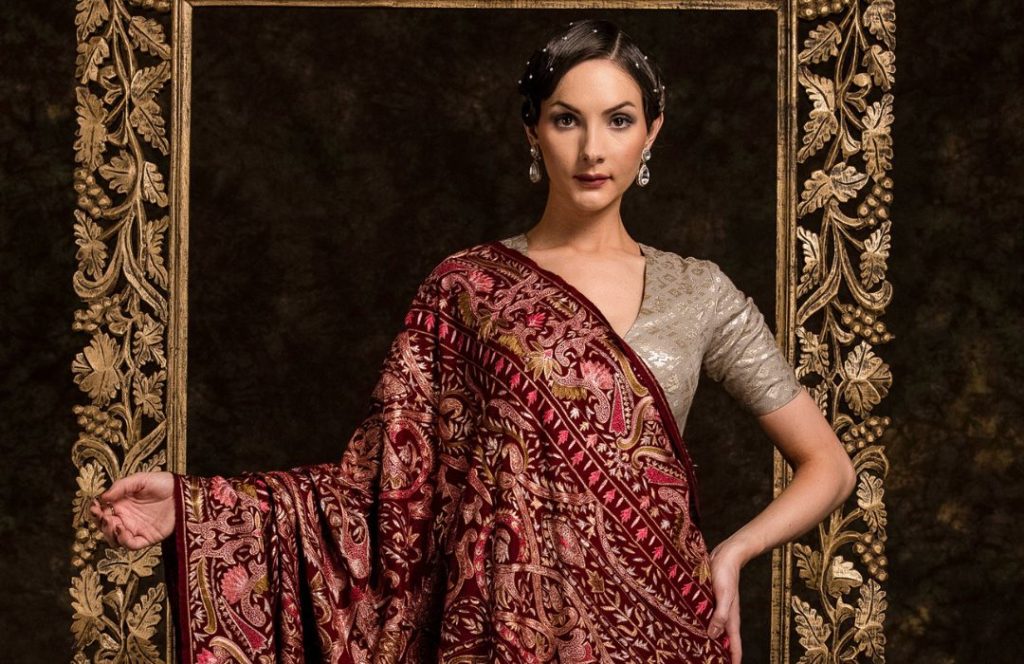
Pashmina shawls are perhaps the most iconic and sought-after products made from the Cashmere fabric. These large, rectangular pieces of fabric are known for their exceptional warmth and delicate texture. Pashmina shawls come in various designs, patterns, and colours, often featuring intricate embroidery, paisley motifs, and traditional Kashmiri patterns. Hence, they are versatile accessories that can be draped over the shoulders or wrapped around the body, adding a touch of sophistication to any outfit.
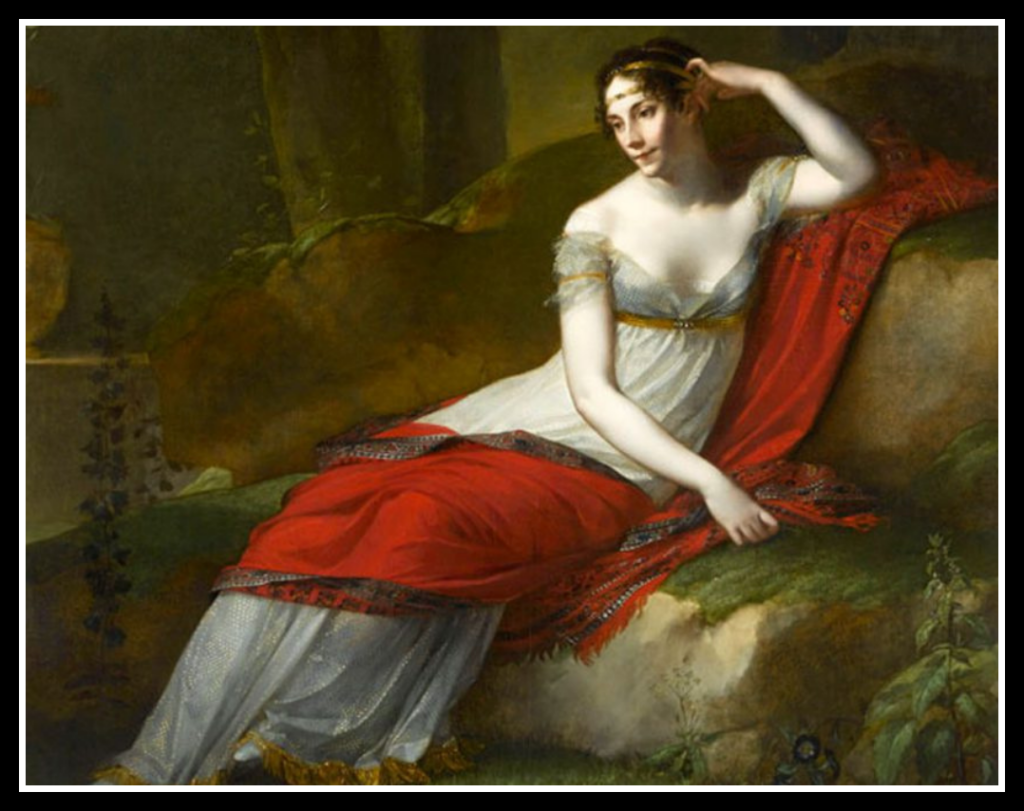
It was Pashmina shawls that took the 18th century Europe by storm. The Kani shawl became the most loved and adored, especially after Empress Josephine set them to a timeless Fashion. It was said that soon after Emperor Napoleon presented his wife Josephine with a Kani shawl from Kashmir, the Empress ordered a few hundred more to add to her timeless collection.
Pashmina Scarves
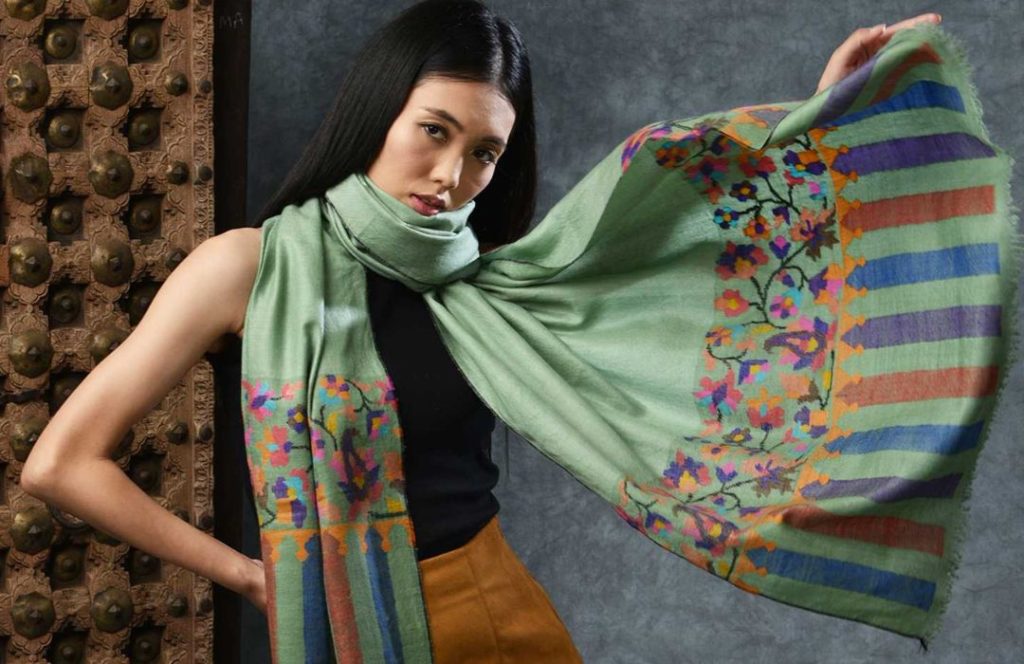
Pashmina scarves are narrower than shawls and are typically worn around the neck. They offer both style and warmth, making them popular accessories during cooler seasons. The scarves come in a wide range of designs, from solid colors to elaborate patterns; hence making it easy to complement different outfits and occasions.
Pashmina scarves can be solid for regular use and office work. They also come in stripes, checks and abstract patterns, suitable for casual day outs and gatherings. Hand-embroidered Pashmina scarves are worn on formal occasions or wedding events where all eyes are on the wearer. These make sure that the wearer looks super stylish, as well as comfortable during the colder days.
Pashmina Hijabs
Cashmere fabric is also favoured for creating hijabs. Pashmina hijabs are traditional headscarves worn by Muslim women for modesty and religious reasons. However, pashmina hijabs can also be worn by non-Muslims during colder days in place of the thick and burdensome beanies and caps. These are lightweight and immensely warm, hence perfect for winter or fall. Pashmina hijabs combine comfort, elegance, and warmth, making them a practical choice for various weather conditions. They come in an array of colours and styles, catering to diverse preferences while preserving cultural and religious values.
Since Pashmina hijabs or headscarves aren't very popular, especially when compared to scarves and shawls, women aren't aware of their usage and styles of wearing. We have thus added a section later in this blog, which guides women to wearing Pashmina hijabs.
Pashmina Throws and Blankets
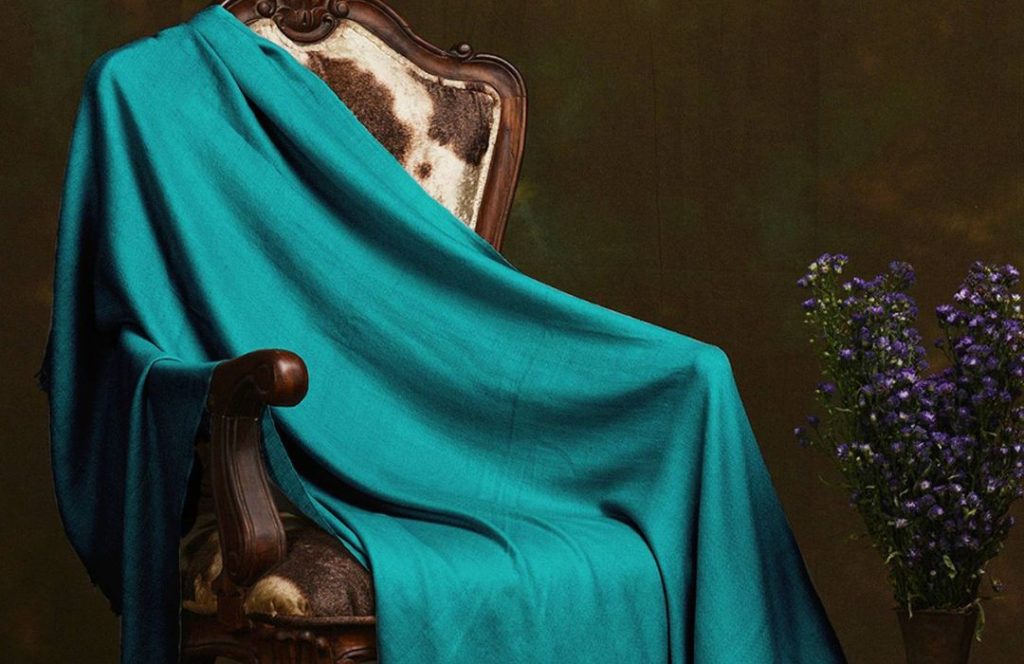
Cashmere fabric is also used to create cosy throws and blankets that add a touch of luxury to home décor. These blankets provide warmth and comfort, hence becoming perfect for chilly evenings. Pashmina blankets add an elegant accent to living spaces. Additionally, blankets and throws made from Cashmere are lightweight. One can even carry a large Pashmina blanket like a throw and place it over couches or office chairs.
Pashmina Clothing
Beyond accessories, Cashmere fabric is occasionally used to create clothing items such as dresses, tunics, and tops. These pieces combine the softness of Cashmere with fashionable designs, creating a unique and comfortable wardrobe.
Cashmere or Pashmina garments are most liked by those who abhor the thick and heavy layers in winter. Instead of wearing sweaters and jackets that burden one's appearance and style, women have now switched to warmer garments like Cashmere. Cashmere provides unmatched warmth, as well as comfort and style. Moreover, its feather-light weight adds to women around the world preferring it to other fabrics.
Pashmina Accessories
Cashmere is also used to craft a variety of smaller accessories, including gloves, hats, and even handbags. These accessories allow individuals to enjoy the softness and warmth of pashmina in different ways. Gloves made from Cashmere do not even feel on the hands. For this reason, people have gone to crafting ties, shrugs, and socks from Cashmere fabric which are super comfortable and light.
Hence Cashmere fabric is much more than Pashmina shawls now. Myriads of possessions can be made from Cashmere, and people will never fail to want ownership of those.
Also read: 5 CASHMERE SCARVES YOU SHOULD DEFINITELY OWN
How do you wear a Pashmina hijab?
The least popular product that comes from Cashmere fabric is the Pashmina hijab. When it comes to winters, women often cover their heads and necks with caps and mufflers or scarves. Pashmina hijab is something that can give the benefit of both caps and mufflers, as well as look graceful and feel feathery light. But since Pashmina hijabs aren't very popular, women usually find it hard to style these. So today, we decided to provide you with a guide to styling a Pashmina hijab.
Here are a few styles you can try:
Classic Wrap Pashmina Hijab
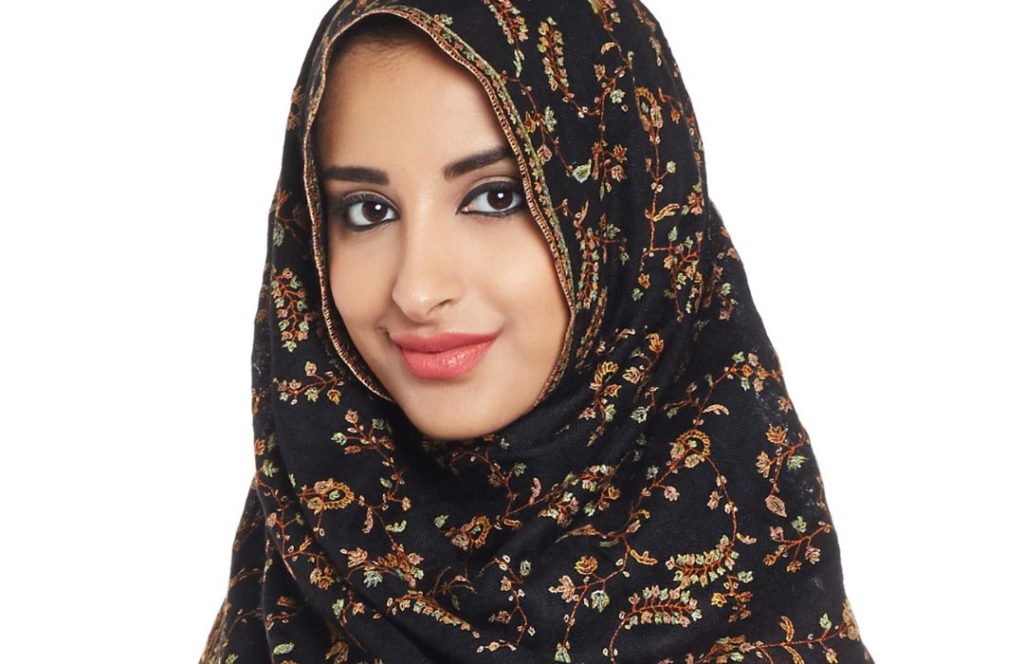
This style involves wrapping the scarf around your head and securing it at the nape of your neck. It's simple and timeless. You can tie the scarf with a magnetic pin or brooch so that it doesn't show much
Turban Style Pashmina Hijab
Create a turban look by wrapping the scarf around your head, leaving some volume at the crown. Next, twist the ends around the base of the scarf. You can leave the ends hanging or tuck them in. This style gives your head a fuller look. You can show off your earrings with this contemporary style of wearing a Pashmina hijab.
Side Knot Pashmina Hijab
Place the scarf over your head, leaving one end shorter than the other. Tie a knot on the side, letting the longer end drape over your shoulder. This style looks super cool with Western outfits. You can pair plain outfits with multicoloured hijabs tied in the side knot style. This will make it the centre of attention.
Bow Headband Pashmina Hijab
Fold the scarf into a thin strip. Place it around your head like a headband, tying it into a bow on top of your head. Even though this style won't cover your head completely, it will still make you look modish and classy.
Bun Wrap Pashmina Hijab
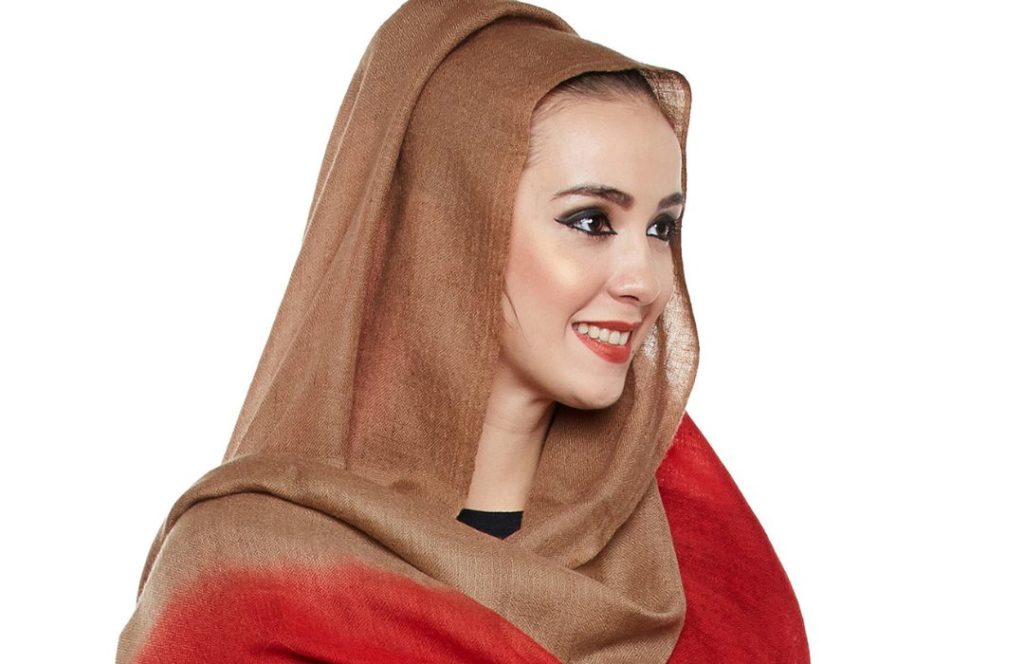
Tie your hair into a bun or ponytail. Place the scarf around the bun or ponytail. Next, wrap it around to cover the base, securing it with pins if needed. The bun wrap style is contemporary and more whimsical than useful. This is just to add a bit of colour to your outfits.
Crown Wrap Pashmina Hijab
Wrap the scarf around your head like a crown, letting the ends hang down at the back. You can tuck the ends in or let them drape over your shoulders. The style looks like you're wearing a hairband. Crown wrap is good for the less cold days at the start of fall or the end of Spring. You may open the crown style and wear the headscarf around your head if the temperature drops further.
Bandana Style Pashmina Hijab
One of the most popular styles is the bandana style. All you need to do is fold the scarf into a triangle and place the folded edge on your forehead. Tie the two ends behind your head, creating a bandana-like look.
Top Knot Pashmina Hijab
Fold the scarf into a triangle and place the folded edge on your forehead. Tie the two ends into a knot on top of your head or at the nape of your neck. This style keeps your head warm, ideal for the much colder days of winter.
Bohemian Headwrap Pashmina Hijab
Drape a longer scarf around your head, letting the ends hang down at the back. Add some loose folds and twists for a bohemian-inspired look. Choose a colourful headscarf for this look.
Headwrap with Bangs Pashmina Hijab
A cooler version of wearing a Pashmina hijab on the head is the headwrap with bangs. Simply place the scarf around your head, leaving your bangs or front hair exposed. Tie the scarf at the nape of your neck, letting the ends flow down your back. This looks dainty as well as classy.
Double Wrap

For the cold days, the double wrap style is perfect. Simply wrap the hijab around your head twice, creating layers. Secure the ends under the scarf, or take help from beautiful pins and brooches, to keep it in place.
These are just a few ideas, and you can always get creative and experiment with different styles. Just make sure you know what suits you best. You can also play with different colours, patterns, and styles to add more variety to your looks.
Also read: HOW DO YOU TIE A PASHMINA SCARF AROUND YOUR NECK?
Concluding
Therefore, Pashmina manifests the epitome of versatility and timelessness in the realm of fashion and luxury. Its ability to effortlessly transition from a practical shield against cold to a refined accessory for any occasion is a testament to its adaptability. The enduring allure of Pashmina, intertwined with centuries of tradition and expert craftsmanship, makes it a cherished piece. It has a place in wardrobes across cultures and generations, embodying the essence of timeless elegance and enduring style.
Also read: WHAT IS PASHMINA WOOL & HOW IS IT DIFFERENT FROM OTHER WOOL?